January 24, 2023
Pulse enthusiast Steve Sando explains how he created Rancho Gordo, the Californian pulse brand built on the remarkable beauty and flavor of heirloom beans - and why bean extinction makes him nervous…

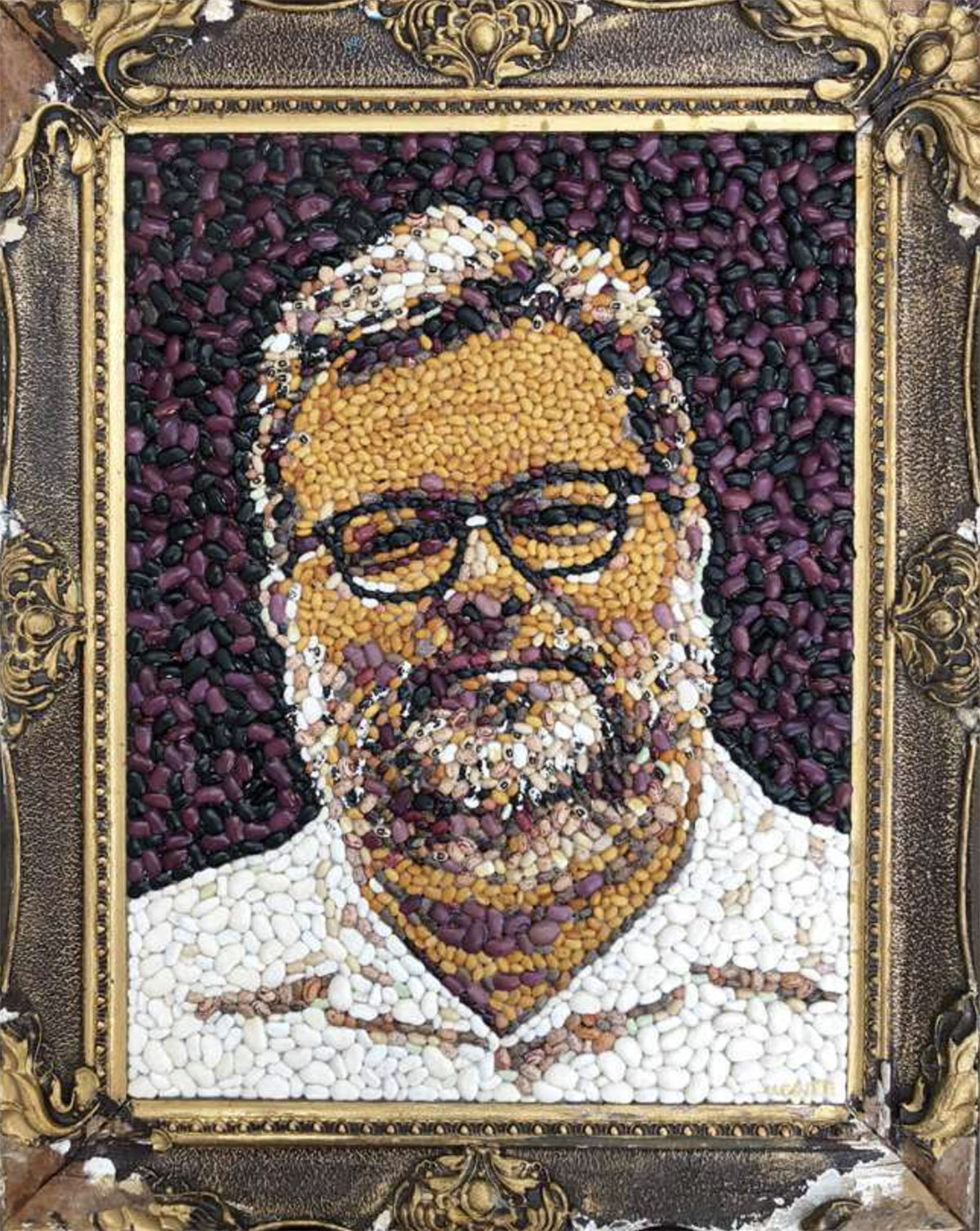
Pulses are often pigeonholed into a peculiar category: they are ‘humble’. A simple, but miraculous ingredient – a delivery system for nutrients and protein matched by very few plants or seeds in the natural world.
But who said pulses had to be just humble? Why can't they be extravagant? Something special?
Rancho Gordo beans bring that extra star quality to proceedings; the company sells ‘heirloom’ beans - pulses grown for flavor rather than yield. What's more, the beans themselves are often dazzling. A glance through their offering brings up deep scarlets, shimmering blues, and stark, contrasting assortments of black, white, and yellow. You can purchase by the pound, or order gift boxes of varying styles and sizes, some complete with recipes to help you get the best from your beans.
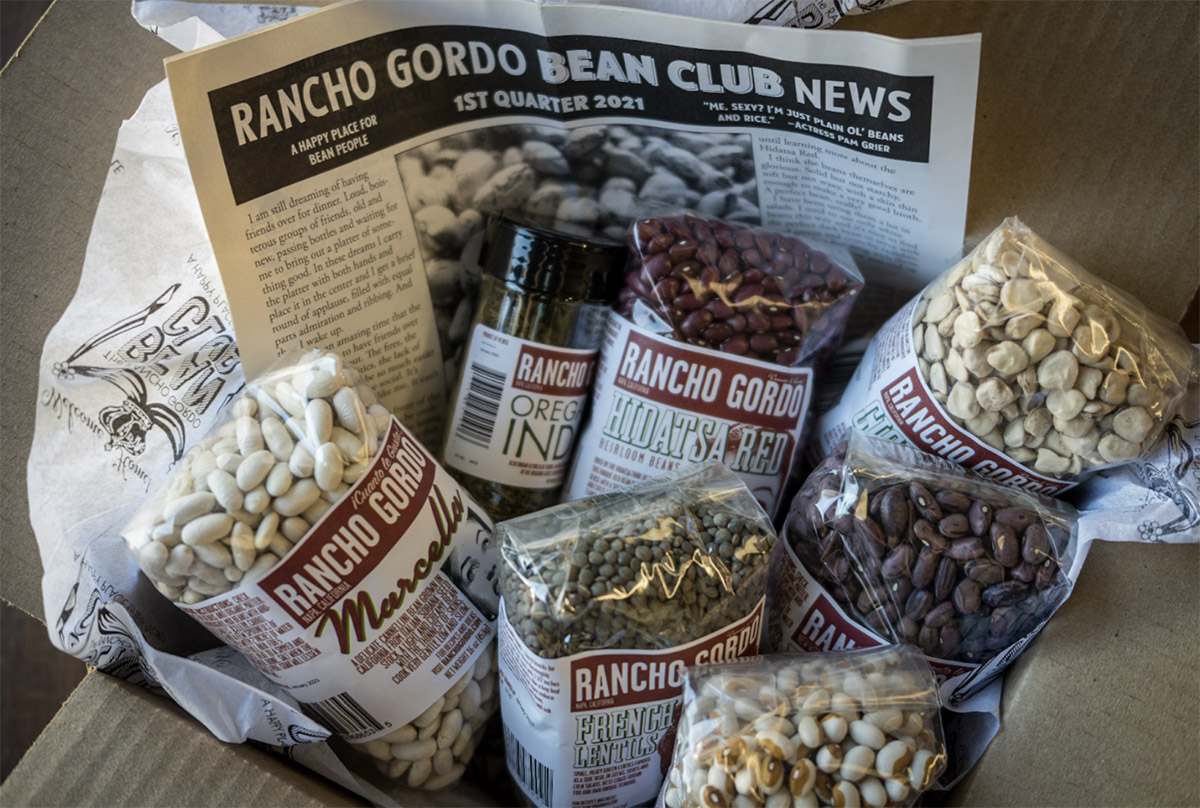
Steve Sando, the founder of Rancho Gordo is a self-proclaimed bean fanatic, hellbent on finding beautiful beans with great flavor and sharing them with his customers. And there are a lot of customers - many of whom are part of the Rancho Gordo Bean Club, a quarterly service where subscribers receive six bags of unique heirloom beans straight to their doors.
The numbers are impressive. 170,000 people are subscribed to the Rancho Gordo newsletter, which provides recipes and other bean related news for free. Rancho Gordo’s crops in the USA make up around 1000 acres, and the company sells an estimated 2 million pounds of beans every year.
Sales are still, for the most part, online. Sando estimates around 70% are direct to consumers over the internet, with some wholesale beans going to restaurants. What’s certain is that business is booming.
"When the New Yorker wrote a profile on us a few years ago, we had 11,000 subscribers to the bean club," says Sando, "Now, we have 20,000." 35,000 people are reportedly on the waiting list.
These are impressive figures for such a niche product. Sando credits his storytelling ability and his obvious enthusiasm as the business’s key drivers: "You can be shy – that's cute – but you have to tell your story or no one's interested…I think people can tell that I’m not doing this as a way to make money – I love these beans and I love revealing their secrets.“
Rancho Gordo’s Facebook group (9000 members strong) has been called “the happiest place on the internet” – bean discussions are held and recipes shared. It is good, wholesome fun and Sando often chats with his customers there directly. They trust and value his opinion, recognizing a true bean believer when they see one.
Sando's journey to success hasn’t always been easy - there were many staging posts on the way to Rancho Gordo.
He counts his list of jobs on his fingers as he talks, "I worked at Esprit, the clothing company, where I think I learned branding. I moved to Italy in the 80s, where, believe it or not, I became a DJ on Italian radio, playing American jazz and making cocktails. There, I think I learned nerve because I'm somewhat shy if left to my own devices. All these jobs that I hated along the way seemed like they were failing me at the time but they were actually all school.”
In the early 2000s, Sando found himself at a crossroads.
"I had turned 40 and felt like a total failure. But I knew if I had a garden I would be okay, so I got obsessed with growing heirloom tomatoes to sell and they did really well but when I realized that they would only ripen after the market opened, I started selling beans.”
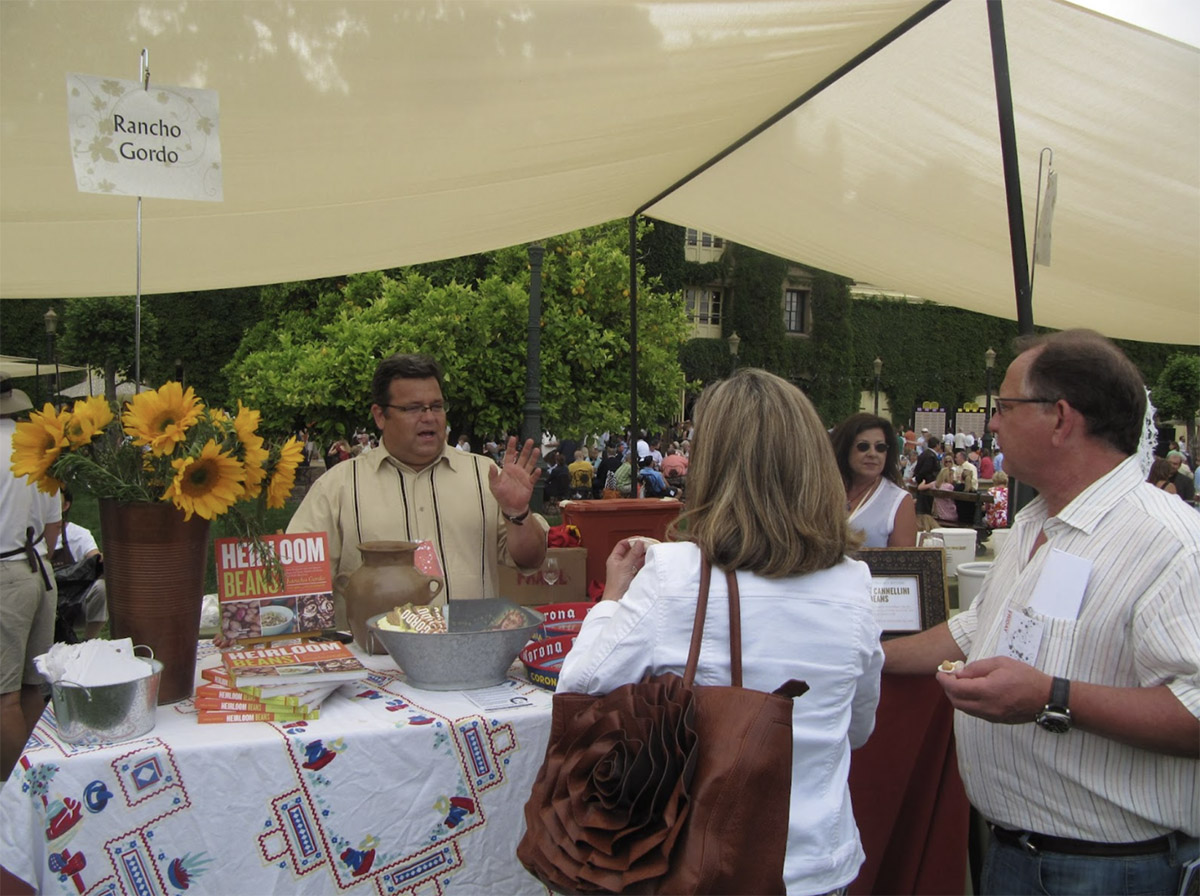
After a period working at his market stall, Sando started selling 20 different varieties of unusual beans, and soon caught the attention of Thomas Keller, the head chef of the renowned California restaurant, The French Laundry. This would prove to be the perfect PR.
"He bought some beans and the next day people came and said, ‘which beans did Thomas Keller buy?’ Everybody wanted the beans that he picked, and I thought, ‘Oh. That’s how this is going to go.’”
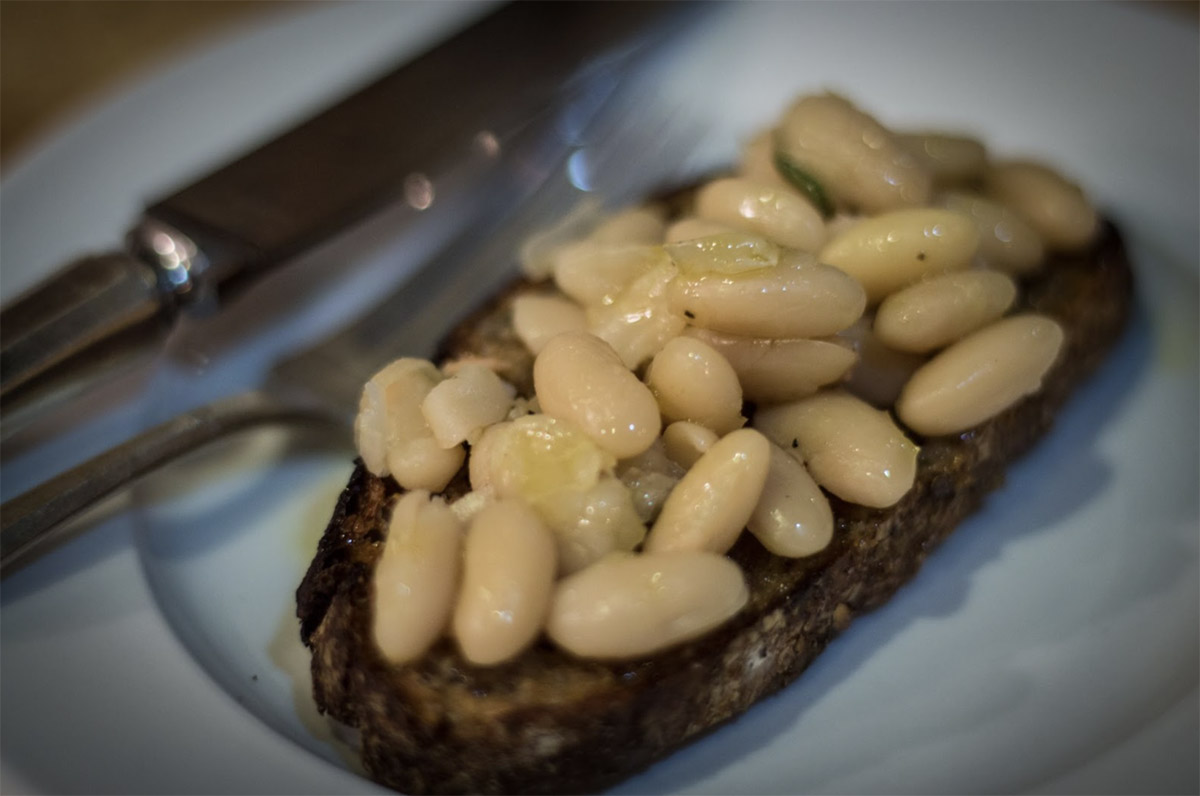
Meeting Thomas Keller set in motion the process that established the guiding principles on which Rancho Gordo is run: that beans should be appreciated for their culinary qualities and taste; that they should be the protagonists of any meal; and finally, that they should be cool – to form a part of the ‘foodie’ cultural movement that has developed over the last decade.
"It dawned on me that beans had been sold as this health food,” explains Sando, "something ascetic rather than aesthetic. People said that we needed to eat beans because they were good for your health, rather than saying: ‘Here is this indulgent and fabulously creamy ingredient that we've been taking for granted’. If I could get a chef to say that, that was the way to go.”
The words vegan or vegetarian don’t feature a great deal in Rancho Gordo’s web presence, if at all.
"I find health food really boring,” he says, “I’m super concerned about the environment but I just think it's so overwhelming. Beans are green and healthy but the real way to sell them is that they taste great."
While pulses can be an excellent alternative to meat in certain dishes, their flavor and texture can sometimes be lost in stews and soups that use them as extra sustenance rather than an ingredient to build a dish around. Sando believes that beans can be much more than a bit part player.
"I’ve worked with local university extension and health departments and they always suggest recipes, like a chili that you can put your beans in, or, ‘here’s a dish you wouldn't even know beans were in’ – it was all about hiding the beans and putting them in mediocre casseroles. Beans should be the star!”
The key to making them the star, says Sando, is having quality beans that have been freshly harvested. All of Rancho Gordo's beans have been harvested within a year and are therefore more likely to retain excellent flavor:
"When you get really good beans, honestly, just a drizzle of olive oil and that's it!”
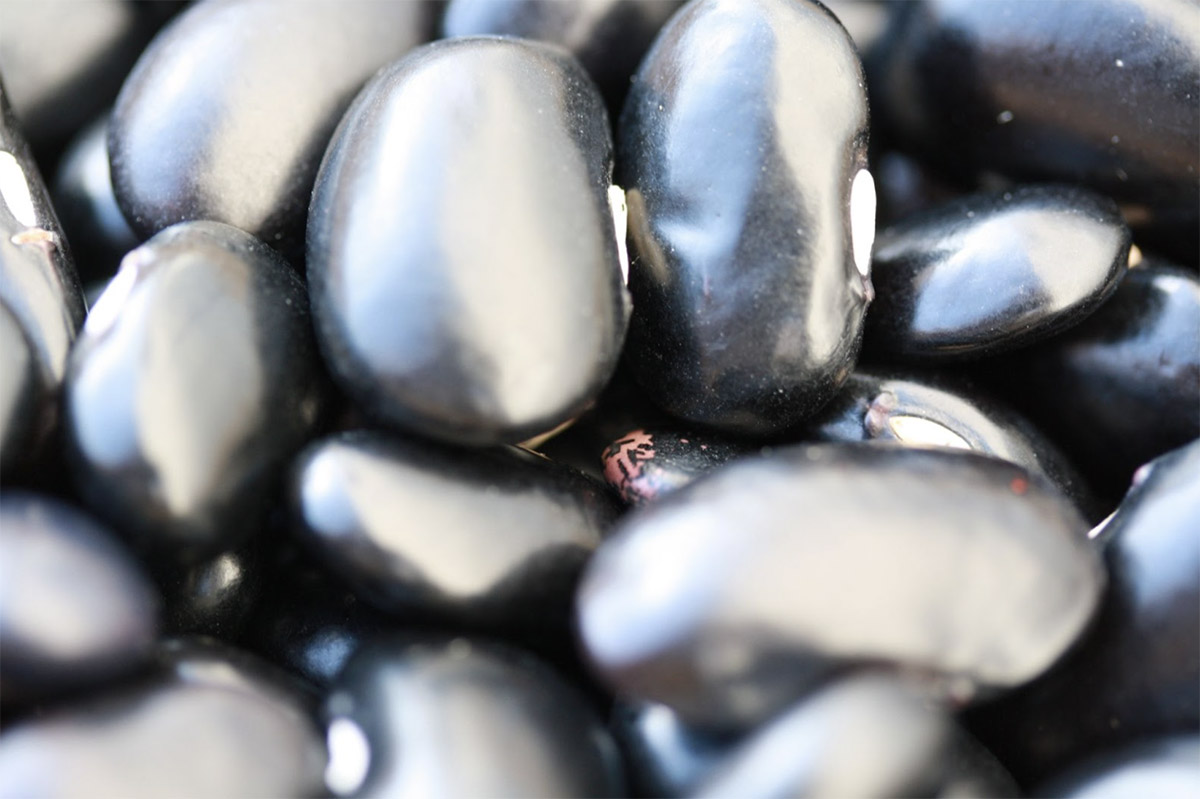
Where are Rancho Gordo’s most obscure beans found? The answer to that lies south of his home in the Napa Valley, crossing the border into Latin America. The hunt for beans is as much of a hobby as it is a career.
"My idea of a good time is to go to Mexico or Central America and go to a market to find all the weird beans that no one knows anything about,” says Sando. “The idea that there's a bean out there that is about to go extinct because no one is eating it makes me very nervous."
In the markets of Central America, Sando searches out the most interesting beans from market sellers, generally indigenous farmers whose crops are smaller but more unusual.
“Usually there is the central area with the most commercial people,” explains Sando, "but around the perimeter are the more indigenous farmers and every time there’s paydirt. I think, my God, I've never even seen that one before! Around half the time they're really fabulous and worth growing, so that's what I do."
For many reasons, growing these beans in the US isn't always possible. Sometimes there is an issue with the meteorological conditions and the conditions of the soil – altitude can be wrong, daylight hours can be wrong – it's not always possible to build up the seed stock necessary to grow in larger quantities needed to bring a particular bean into Rancho Gordo's range. But Sando also grew to understand and respect the intrinsic value of local beans to the communities that grow them.
"I also used to go to Mexico and look for seed to grow here in the US, but it turns out that that was the most offensive thing that I could have done! Indigenous farmers understand the seeds – this is who they are, and once they give up the seed, they give up their sustenance.”
So instead, many of the beans sold by Rancho Gordo are grown in Mexico by the indigenous farmers, then shipped to America where they are distributed.
"We started to work with a company called Xoxoc, who were already exporting dried prickly pears. They've made it possible to export crops from these farmers."
Rancho Gordo currently works with around 3000 independent Mexican farmers.
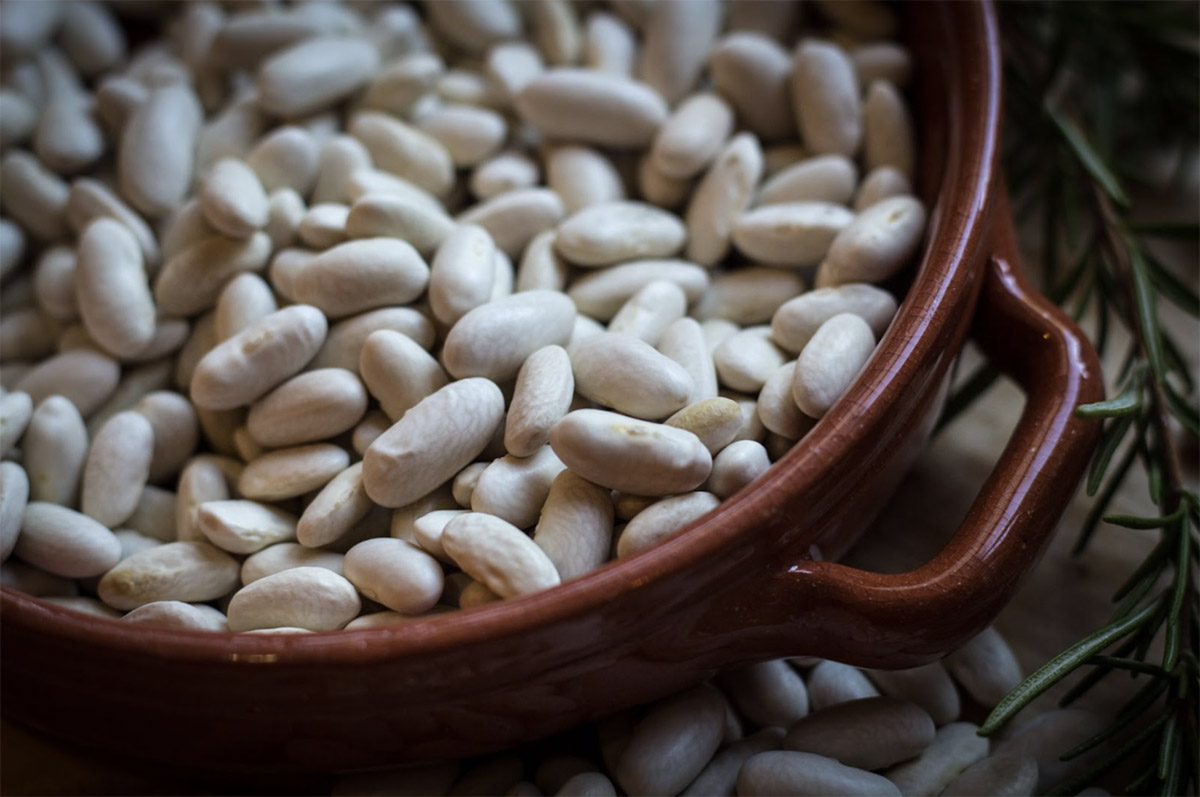
Some of Rancho Gordo’s beans have crossed the Atlantic to find their new home in the California valleys and have their own origin stories.
Sando will travel far and wide to search out the very best. For instance, in the late 2000s, he began to have doubts about a much-loved white bean: “We were growing a white runner that was everybody's favorite, but every year it just got worse and worse.”
He went to Italy in search of the great white bean to solve his problems, and came back with the Sorana. The late, great Italian chef Marcella Hazan had recommended it to him after the two had struck up a friendship. “She said, ‘If you ever do a Sorana, you’d have a customer for life’ – but I thought, ‘oh great, another dumb white bean’ but then I ate them and realized they were insane! They're like little gelatinous globes with very thin skins.”
The Sorana bean is an heirloom bean grown in a very particular microclimate in a remote Tuscan region, Svizzera Pesciatina. A tiny parcel of land of high humidity on the bank of the Ghiareto river is the only place where the Sorana (the official one, at least) is grown.
Did the Sorana bean make the jump across the water? Are the US grown beans better than the Soranas?
"I don't want to say better…" Sando laughs, "but I will say that we use irrigation rather than praying for rain and we use meters to measure the moisture to keep it between 12% and 14% whereas in Italy they dry the hell out of them to make sure they don't get mold. So, I don't want to say better, but they're definitely different in that sense.”
Hazan died before she was able to try the new Californian Sorana but Hazan’s husband gave Sando permission to name the bean after her. From then on it was known as the Marcella in her honor and would become one of Rancho Gordo's best selling pulses.
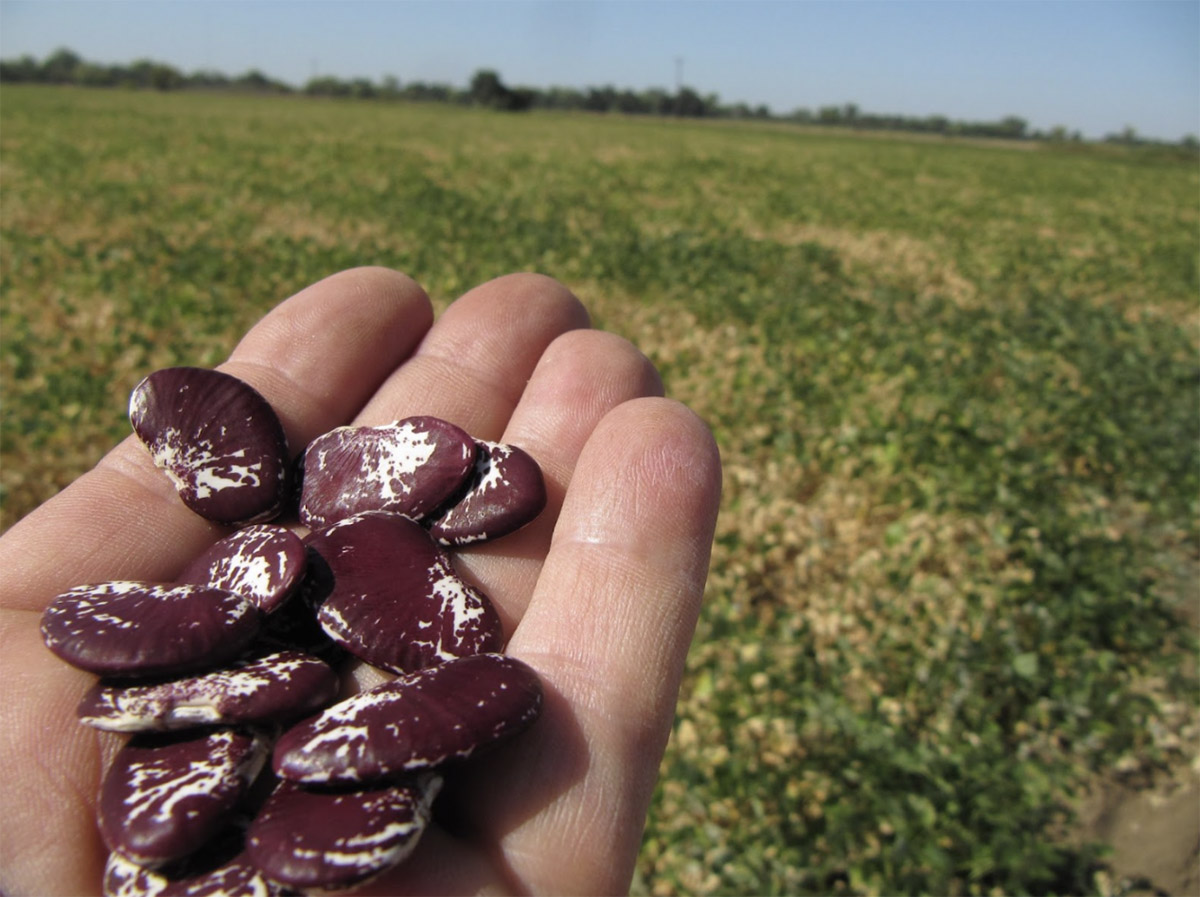
On the future of the company, Sando explains that things are looking good moving forward, which hasn’t always been the case.
“If you asked me four years ago, I would have said: ‘I want to sell this – get out. This is so hard.’ But then something clicked. I think it's the staff and the way people are responding. I’m having the time of my life!”
One plan in its early stages is to grow field peas with young black farmers in rural Alabama. Seeding black-eyed peas could help to provide work opportunities to young, local farmers with a crop that is culturally relevant to the region and its people. Sando also has another upcoming book deal to follow the many Rancho Gordo recipe books already published.
In the end, though, Sando’s goal for the future is pretty simple: to get more people eating and appreciating beans.
“We want to help people to cook beans,” He says, “We want to continue to say to people, ‘you had this little rock that was impossible to eat and you turned it into this rich, delicious pot of beans – you should feel really good about yourself!”
Disclaimer: The opinions or views expressed in this publication are those of the authors or quoted persons. They do not purport to reflect the opinions or views of the Global Pulse Confederation or its members.